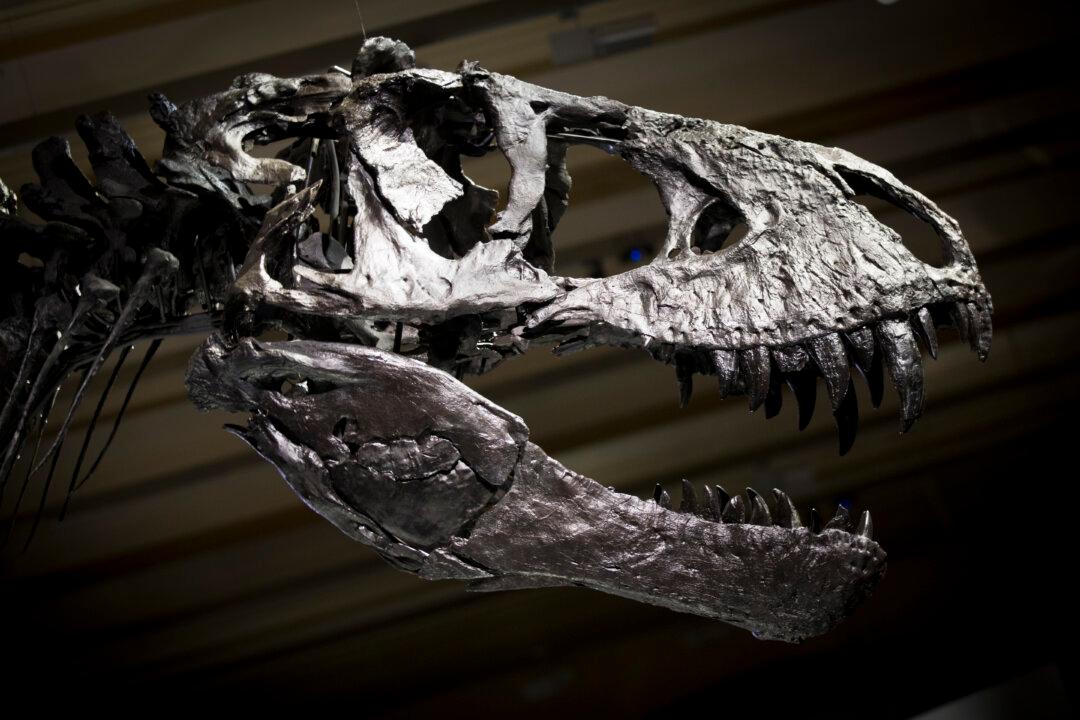Is that giant Tyrannosaurus rex fossil you saw at the museum a male or a female? Even for paleontologists who devote their lives to studying dinosaur fossils, it’s a tough call, because the bones themselves rarely give away a dinosaur’s sex.
“It’s a dirty secret, but we know next to nothing about sex-linked traits in extinct dinosaurs. Dinosaurs weren’t shy about sexual signaling, all those bells and whistles, horns, crests, and frills, and yet we just haven’t had a reliable way to tell males from females,” said Lindsay Zanno, a paleontologist at the North Carolina Museum of Natural Science, in a statement.
Now that we can show pregnant dinosaurs have a chemical fingerprint, we need a concerted effort to find more.
, paleontologist





